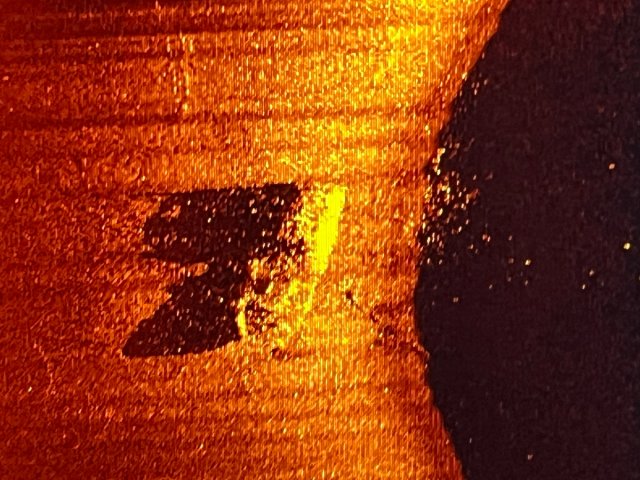Scientists have discovered the wreck of explorer Ernest Shackleton's ship Endurance off the Antarctic Coast, 107 years after it sank.
The vessel was found on Saturday, 3,008 meters beneath the surface of the Weddell Sea according to the Falklands Maritime Heritage Trust, which launched the mission to find the wreck last month on the 100th anniversary of Shackleton's death.
Endurance was crushed by sea ice and sank in 1915. The expedition's 28-man crew escaped by camping on the sea ice before launching lifeboats to South Georgia Island; all survived.
Scientists found the ship around four miles south of its last known position, recorded by the captain. Setting off from Cape Town in February, the mission found the ship "remarkably intact", according to the expedition leader John Shears.
"We have made polar history with the discovery of Endurance, and successfully completed the world’s most challenging shipwreck search," Shears said in a statement.
A video released by the Falklands Maritime Heritage Trust clearly shows the ship's name emblazoned across its stern, a moment Shears described as "jaw-dropping".
The discovery marks a "milestone in polar history", according to Mensun Bound, director of exploration on the expedition, who adds that Endurance is "by far the finest wooden shipwreck" he has seen.
The wreck has now been protected as a historic site and monument under the Antarctic Treaty, ensuring that it cannot be touched or disturbed while being surveyed and filmed. A forthcoming documentary is expected to be released this autumn presenting further footage and discoveries made during the expedition.
The broadcaster and historian Dan Snow, whose content platform History Hit will produce the documentary, tweeted of the "astonishing state of preservation" the ship was found in.
The wreck is coherent, in an astonishing state of preservation. The Antarctic seabed does not have any wood eating micro organisms, the water has the clarity of distilled water. We were able to film the wreck in super high definition. The results are magical
— Dan Snow (@thehistoryguy) March 9, 2022
#Endurance22 pic.twitter.com/ppnJaMcmBa
He added: “Nothing was touched on the wreck. Nothing retrieved. It was surveyed using the latest tools and its position confirmed. Nor did we wish to tamper with it.”




